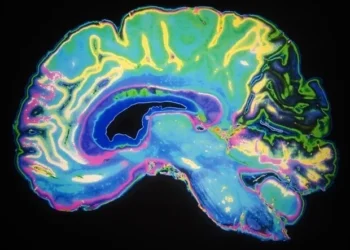Heidelberg researchers describe mechanisms that could help prevent influenza A and Ebola virus infections
Viruses are a constant threat to human health and research continues to find new ways to combat them. A recent study by research teams from Heidelberg University and Heidelberg University Hospital has led to the discovery of new mechanisms that could help prevent viral infections. Using electron tomography and computer simulations, the scientists studied the final stages of viral penetration into the host cell and found that fusion pores play a central role in the release of the viral genome into the host. Prevent these pores from forming it can block the virus and offer a new line of defense against infections. In the case offlu a, Heidelberg scientists have discovered how the immune system fights the virus using a small protein. In the case of the virus Ebolathey found that a specific protein structure must be disassembled for the infection to take hold.
Know the mechanism of onset of an infection to block it
These findings offer new insights into how viruses enter human cells and how the immune system tries to fight them. Many viruses that infect humans are coated in a lipid membrane with glycoproteins that can attach to human cells. In viruses like theflu Athese are the spike proteins that mainly bind to epithelial cells of the nose and lungs. Conversely, the virus Ebola spreads through the direct contact with infected body fluids and can penetrate a broad spectrum of cell types. After invading human cells, these viruses have to open up a fusion pore between the virus membrane and the host membrane to release their genome into the host cell and propagate. To fight the virus, the human immune system tries to block the formation of the fusion pore in a multi-step process. Infected cells perceive the presence of the foreign genome and send a signal, in the form of an interferon molecule, to cells that have not yet been infected. This signal triggers an immune response in uninfected cells that can prevent the formation of the fusion pore and block the virus.
CREDIT
Petr Chlanda
In the image you can see the 3D segmentation of different structures related to an Ebola virus infection. There are three tube-like viruses with their membranes indicated in red. To infect the cell, viruses must then form a fusion pore with the endosomal membrane and then release their genome through this pore and into the host cell. In conclusion, the research conducted by the research teams of the University of Heidelberg and the University Hospital of Heidelberg has led to new discoveries on the mechanisms underlying viral penetration. Understanding the processes governing fusion pore formation offers new opportunities to develop effective antiviral therapies. These findings represent a step forward in the fight against viruses and could lead to new approaches to preventing infections.





